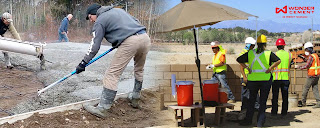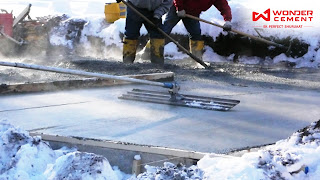How to effectively maintain concrete floors: Everything you need to know

Concrete flooring is common in places like basements, driveways, parking lots, etc. But nowadays a lot of people are opting for indoor concrete flooring. As it looks aesthetically pleasing and keeps the home warmer due to its thermal mass. Moreover, concrete is durable and easy to maintain compared to other options. Concrete floors are of different types, standard epoxy, polished concrete, quartz flooring, metallic epoxy, etc. All of them have different advantages and disadvantages, but some features are common across them all, as all of them are highly durable, economical, versatile, low-maintenance, and mostly weatherproof. To construct a concrete floor, raw materials like rocks, granite chips, etc are mixed with cement and water. Cement here works as the primary binding agent, that’s why floors of these kinds are also generally known as cement floors or cement concrete floors. For effective construction, good quality cement like Wonder Cement works well, as it uses the best-quali

